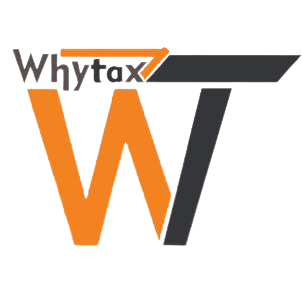Taxpayers operating under the Goods and Services Tax (GST) regime may sometimes face financial challenges when it comes to settling their dues all at once. Section 80 of the Central Goods and Services Tax (CGST) Act, 2017 provides relief to taxpayers by allowing the payment of tax dues or other amounts (except self-assessed tax declared in return) in monthly instalments, subject to certain conditions. This section serves as a support mechanism for taxpayers facing financial hardship or temporary liquidity issues, enabling them to manage their cash flows better and comply with tax obligations.
Statutory Provision
- Application Process:
The process kicks off with a formal application (Form GST DRC-20), where the taxpayer must clearly communicate the financial hardship and request for payment in instalments.
- Commissioner’s Powers:
The GST Commissioner reviews the application, examines the merits, and, after verification, may permit payment in a maximum of 24 monthly instalments. The decision is communicated through Form GST DRC-21.
- Interest Cost:
If the facility is granted, interest under Section 50 will accrue on the unpaid balance for the duration allowed.
- Strict Limitations:
Not applicable for self-assessed tax in returns.
Not allowed for taxpayers who defaulted in instalment payments the previous year.
The amount must exceed ₹25,000.
Once an instalment is missed, the entire outstanding demand becomes immediately recoverable.
Step-by-Step Procedure
- File Application:
Taxpayer applies through Form GST DRC-20, stating reasons for financial difficulty. - Verification:
The Commissioner gets a report on the applicant’s financial standing. - Approval & Order:
On satisfaction, the Commissioner issues an order detailing number and due dates of instalments (up to twenty-four). - Ongoing Compliance:
Taxpayer must pay instalments promptly with interest. Default leads to immediate recovery action.
Restrictions on the Power
- No Relief for Self-Assessed Return Liabilities:
The Commissioner cannot grant instalments for amounts the taxpayer has already declared and admitted in their GST returns. This limitation emphasizes compliance discipline for voluntarily reported liabilities. - No Power Where Recovery Proceedings Begun:
Once standard recovery action has begun for a defaulted amount, the instalment route is closed, prioritizing government revenue interests.
When Section 80 Cannot Be Used
| Not Allowed For | Why? |
| ❌ Self-declared tax in returns (like GSTR-3B) | Because you already agreed to pay it voluntarily. |
| ❌ Once recovery has started (e.g., bank attachment) | Instalment option closes once recovery action begins. |
Example of Effective Use
Consider a medium-sized manufacturer who, post-audit, faces a sudden GST demand of ₹5 lakhs due to classification discrepancies. They lack sufficient liquidity to pay upfront without crippling operations. By applying with clear financial statements and proof of temporary distress, they convince the Commissioner of their bona fide need. The Commissioner, after due diligence, allows payment in 12 monthly instalments, each subject to statutory interest. On default, however, the entire outstanding reverts to immediate demand for recovery.
Why Section 80 is Important
| Benefit | For Whom? |
| 🛟Relief for honest taxpayers | Especially MSMEs or startups facing short-term cash crunch. |
| ⚖️Fair but strict | You get relief, but with strict rules to prevent abuse. |
| 📈Boosts voluntary compliance | Shows that the tax system supports taxpayers in distress. |
Conclusion
Section 80 of the CGST Act is a lifeline for businesses dealing with financial stress, allowing them to pay dues in instalments—but only when they truly qualify. It gives the Commissioner strong powers, but also demands accountability and strict compliance from the taxpayer.
